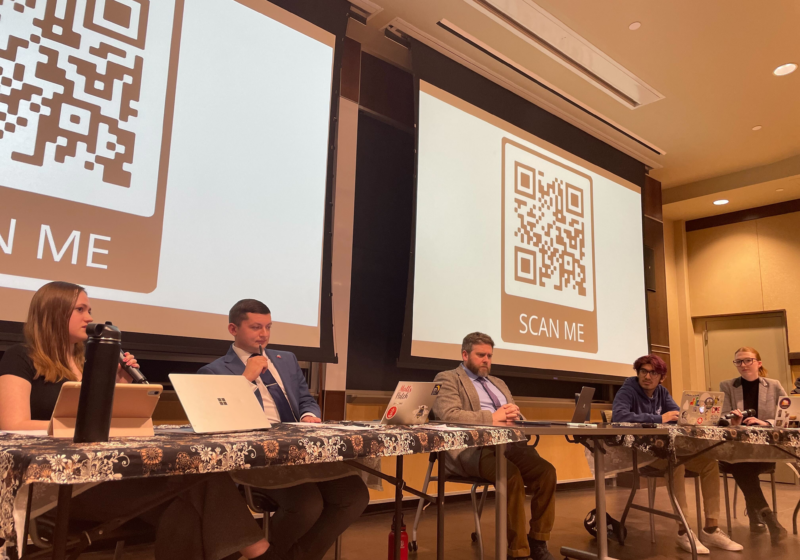Students, get ready and reach into your pockets, because the announcement of next year?s tuition, board and meal plans is just around the corner.
It is yet to be seen how skyrocketing fuel and health care costs will impact student tuition.
In order to understand how the tuition price is set, one must remember that education cost is different from tuition.
The first distinction is that the size of the endowment ? currently at $1.2 billion ? does not affect the tuition price.
Vice President and University Dean of Students Paul Burgett said that short term costs like hikes in utility costs, salary increases, costs for facilities and books play a key role in determining tuition costs.
Forms of revenue
Tuition price is only one of the factors involved in determining the cost of education.
?The university draws on endowment, tuition revenues and a few other sources like research dollars and gifts to pay the cost of education,? Burgett said.
Recently, UR paid the renovation costs of the Robert B. Goergen Athletic Center by alumni gifts.
Investment strategies
Discussion of changes within the endowment is complex.
Fluctuations in the value of the endowment are linked to investment strategies and the performance of the marketplace in which resources are placed.
?[The endowment?s] investment return for calendar year 2000 was approximately nine percent ? a very good performance during a volatile period,? said Ronald Paprocki, senior vice president for administration and finance and chief financial officer.
UR draws on resources of the endowment by using a formula of an average of market performance over time, representing a certain percentage of a moving average over a set period of time.
?The university tries to smooth out the impact of fluctuations in the market,? Burgett said.
UR ranks 30th in endowment among the nation?s higher educational institutions, both public and private. Thirty years ago, UR had the third-largest endowment among the nation?s private universities.
Breakdown
As with other national universities, large portions of the endowment are allocated to specific areas because of the terms specified with the gifts.
Approximately 40 percent of the total endowment is restricted to the School of Medicine and Dentistry, and about 20 percent is reserved for Eastman School of Music and the College.
The remaining 20 percent is for various areas such as the libraries, Memorial Art Gallery and Strong Memorial Hospital.





